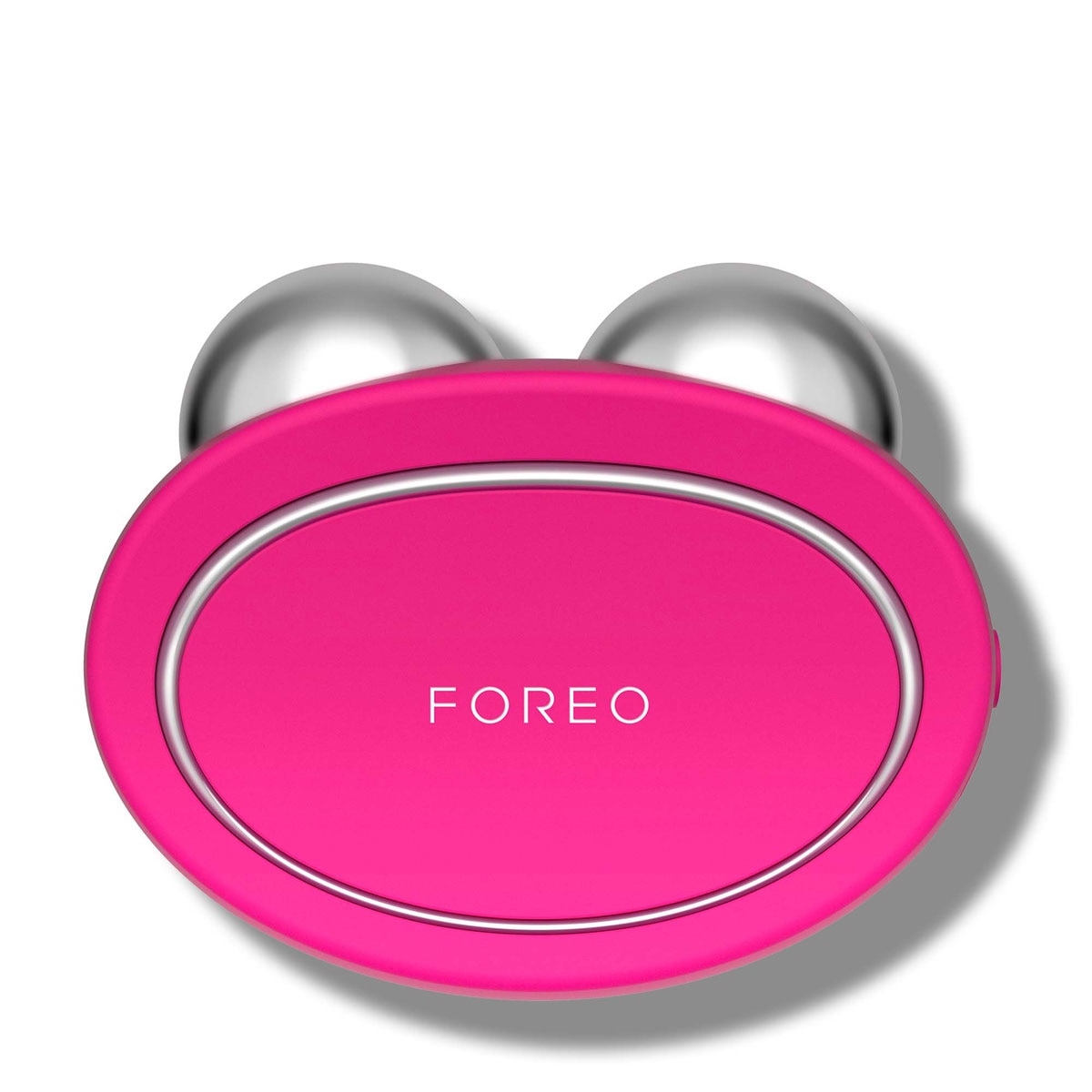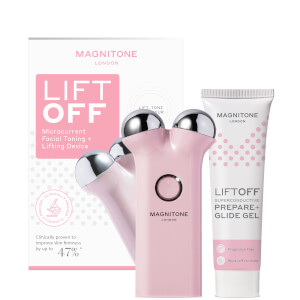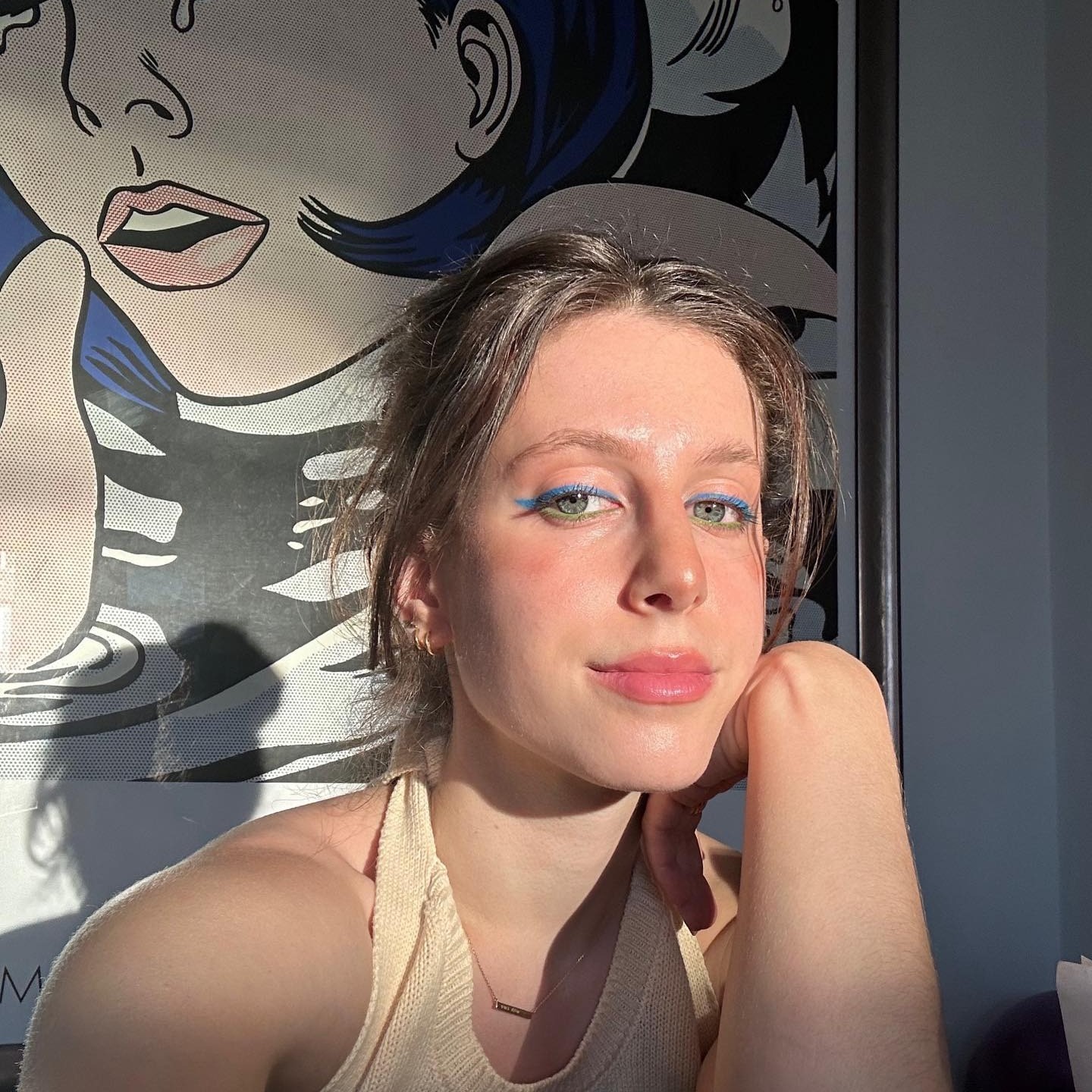Microcurrent Facials Are the Key to Looking Sculpted and Snatched—Here's Everything You Need to Know
Look at any skincare enthusiast's Instagram feed and alongside LED masks and radiofrequency treatments, you'll probably come across somebody preaching about the benefits of microcurrent facials. The treatment promises to lift, sculpt, and contour the face, addressing everything from fine lines and wrinkles to loose skin and puffy jawlines.
Now, you'd be forgiven for thinking this sounds too good to be true. After all, there's only so much we can do to combat the inevitable effects of our body's natural ageing process, right? Turns out, if you are looking for a treatment to address these key signs of skin ageing, microcurrent facials really is where it's at.
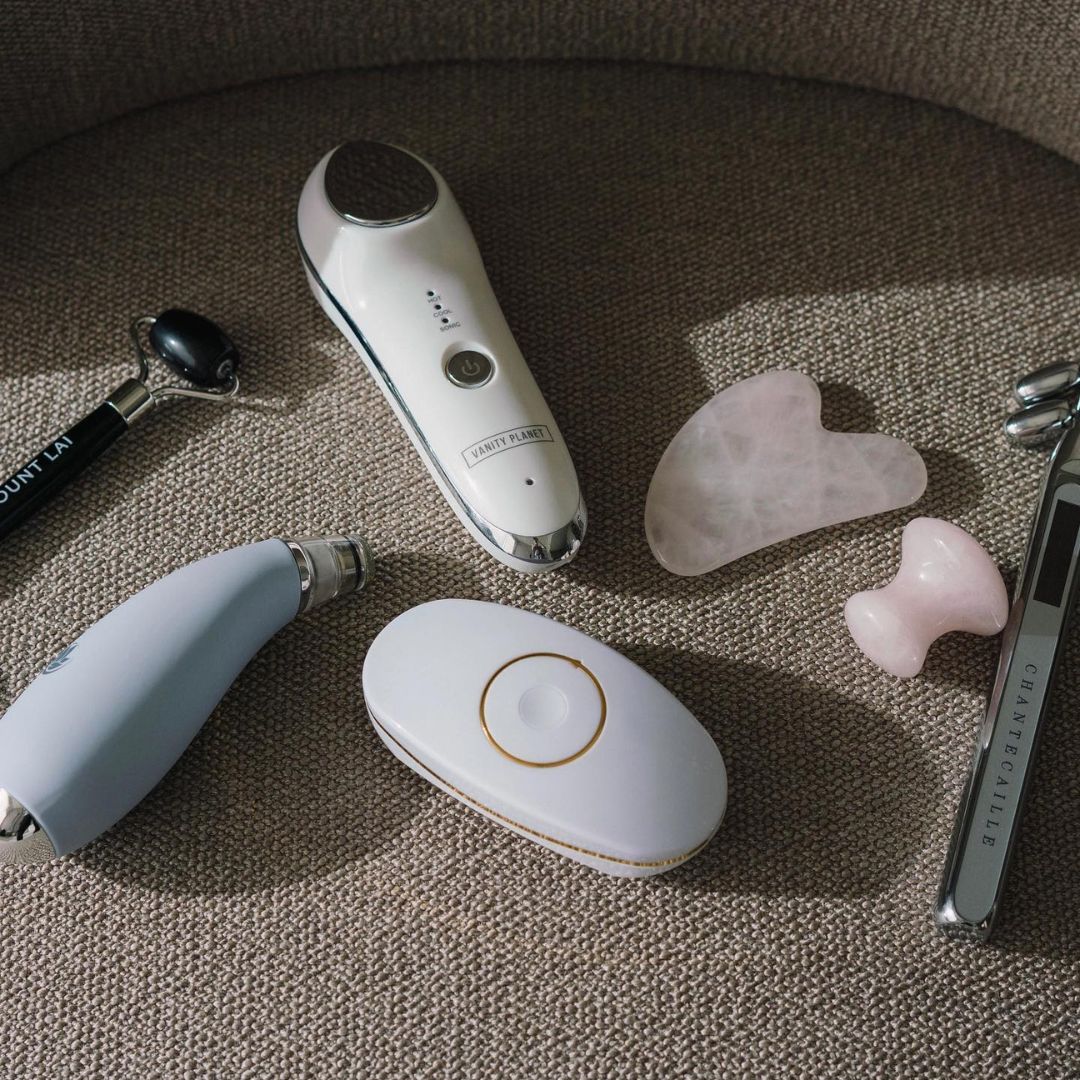
As a qualified esthetician myself, I've used the treatment on hundreds of clients and can attest to its impressive sculpting, tightening, and depuffing abilities. I'm also an avid user of an at-home microcurrent device, with which I've seen and experienced the benefits of microcurrent first hand (more on this below). The only catch? You'll need to commit to regular and consistent treatments in order to see results—and both in-salon treatments and home devices can be pretty pricey.
Still intrigued? I caught up with facialist Teresa Tarmey to give us the professional verdict on all things microcurrent. Whether you're going for a treatment in-salon or you're trying out a device at home, here's everything you need to know about microcurrent for your skin.
What are microcurrent facials?
"Microcurrent therapy is a treatment method that involves the use of low-level electrical currents," explains Tarmey. "The principle behind microcurrent therapy is to restore normal cellular metabolism by providing cells with essential nutrients and influencing muscle fibres."
The treatment is widely available and typically offered by aestheticians and dermatologists, but there are also a number of at-home microcurrent devices that you can use to maintain results. When used consistently over time (which is key to successful results), microcurrent facial devices can have a lifting, firming, and sculpting affect upon the skin, helping to target some of the main signs of ageing in skin, such as loss of firmness, loose skin, fine lines, and wrinkles.
How does microcurrent work?
Microcurrent uses pulsating electrical currents of low voltage to enhance ATP (adenosine triphosphate) production in the skin. "ATP is a crucial energy molecule for all intracellular processes," says Tarmey. "It aids in collagen and elastin production, reduces fine lines and wrinkles, and promotes cellular regeneration." A real multitasker.
What are the benefits of microcurrent facials?
Microcurrent facials offer a wide range of benefits for the skin, although they are best known for their lifting and firming effects. "These facials work by stimulating the facial muscles, causing them to contract and relax, which can lift, firm, and improve the contours of the face," explains Tarmey. Think of them like a workout for your face—especially as results are more noticeable and lasting with consistent use.
"They also help reduce puffiness by improving circulation, which in turn reduces swelling in the face," she adds. "And additionally, they can increase collagen and elastin, reducing the appearance of fine lines and wrinkles. It's a safe, painless, and non-invasive treatment which brightens the skin for a glowing appearance."
One of the great things about microcurrent facials is that they require zero downtime. The treatment is completely non-invasive, so apart from occasional mild facial redness, you're pretty much good to go post-treatment.
Best results are seen with consistent use, so you have to be committed in order to achieve and maintain results, especially when it comes to the lifting and tightening benefits of microcurrent.
Are microcurrent facials safe and do they have any side effects?
"Microcurrents are safe and suitable for all skin types. They can be introduced preventively into our skincare routine from the age of 25, and can be used on more mature skin to visibly improve facial contour and reduce existing wrinkles," says Tarmey. "However, as with any advanced treatment, it is important to remember a few basic contraindications."
It's important to consult with your healthcare professional if you are unsure whether you are safe to use a microcurrent device or have a microcurrent facial. However, some of the main contraindications are pregnancy, metal objects in the body, epilepsy, tumours, recent operations, febrile conditions, and skin inflammation.
Microcurrent can be a good way to maintain and prolong the benefits of facial fillers and Botox. However, if you've had injectable treatments recently, it's advised to wait a couple of weeks to allow them to settle before using a microcurrent device.
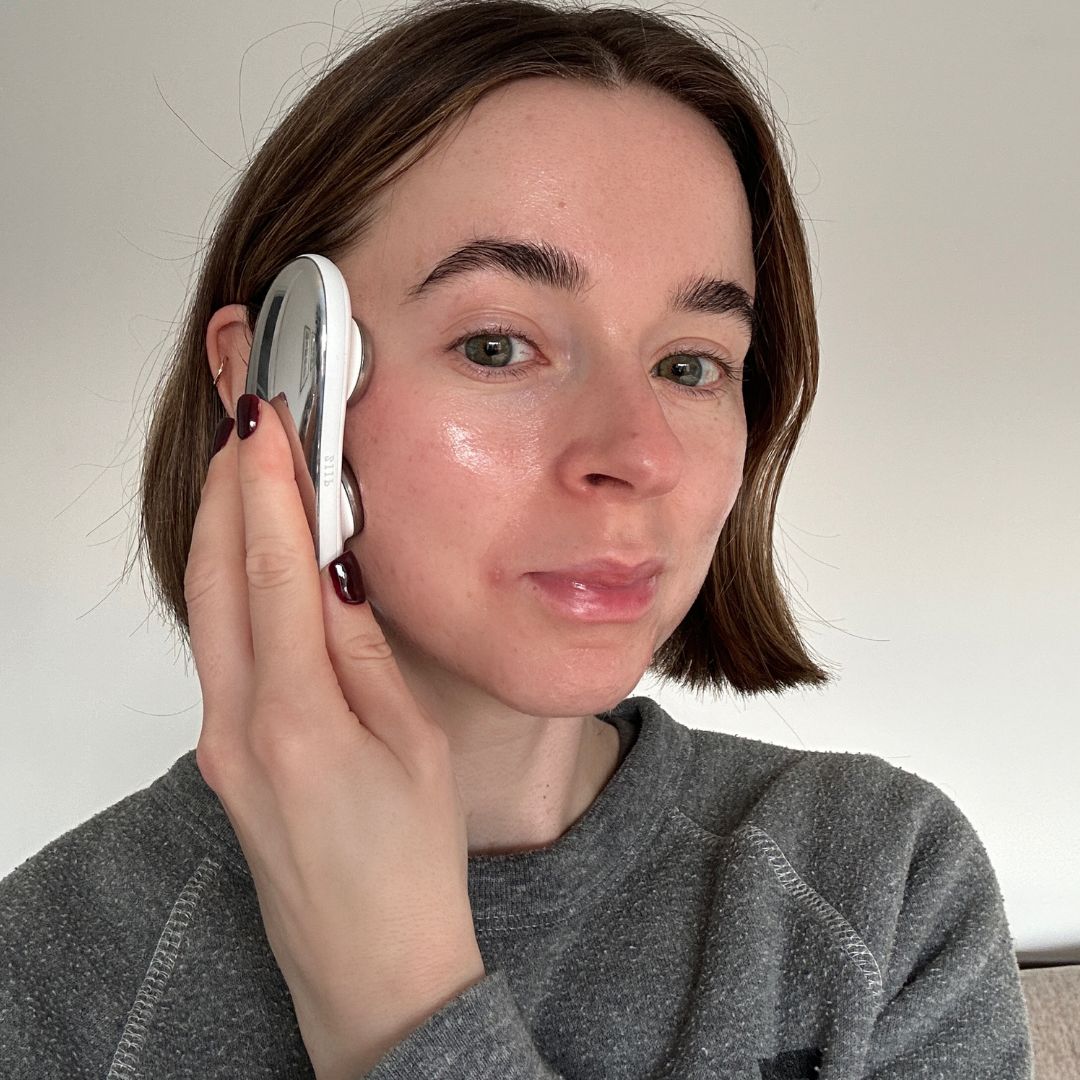
What does a microcurrent facial feel like?
"The treatment is generally painless and often sub-sensory, with many finding it quite relaxing," says Tarmey. "You may experience a metallic taste in your mouth, particularly if you have metal fillings in your teeth during the treatment. Other than that you may experience moderate tingling, pins and needles, and involuntary muscle movements."
Personally, I've found that in-salon microcurrent facials tend to feel a little more intense, which is likely down to the fact that professional devices are used. With home devices, other than some small muscle movements (which doesn't hurt, just feels strange) or tingling if I haven't applied enough conductive gel, I rarely feel anything. It essentially just feels like a gentle sculpting massage device.
How long does it take to see results?
According to Tarmey, benefits can be visible immediately and increased anti-ageing benefits will be gained with multiple treatments due to the cumulative effect.
How much do microcurrent facials cost?
In salons, most microcurrent facials will be upwards of £100, depending on the length of treatment, the device used, and any other treatments the facial features.
Nowadays, there are plenty of microcurrent devices designed for home use, providing a more accessible solution for those who want to enhance their home skincare routine with the benefits of microcurrent. However, these devices do come with a pretty steep price tag, typically between £150 and £400.
How do home microcurrent devices compare to professional devices?
"With regular use, these devices can enhance facial tone and overall skin appearance. They are a non-invasive, effective, and a convenient option for maintaining clinical results and achieving a lifted, radiant face from the comfort of your home," says Tarmey. "Remember that devices designed for home use may not provide noticeable results on first use as they aren’t as powerful as the devices professionals use."
My verdict:
I've used microcurrent devices in my home skincare routine for years, currently the ZIIP Halo (£379), which has been the most effective device I've personally tried. I have to say, one of the hardest things about it is actually being motivated to use it, since it requires adding a few extra steps in my skincare routine and it does take up quite a bit of time. I try to use it at least three to five times a week, and when I do, I really notice the results.
The process of use differs per device, but with the ZIIP Halo, it requires application of a conductive gel to the skin, which allows the current to pass through (the device is ineffective without this). The device is linked to an app, through which you can choose between full facials or targeted treatments to be guided through. What I like about this is it ensures an even treatment and means I can target my specific areas of concern in the correct way.
My main areas of focus during treatments are my cheekbones and jawline, but the app also allows you to target everything from puffy under-eyes through to your lips, brows, and jowls.
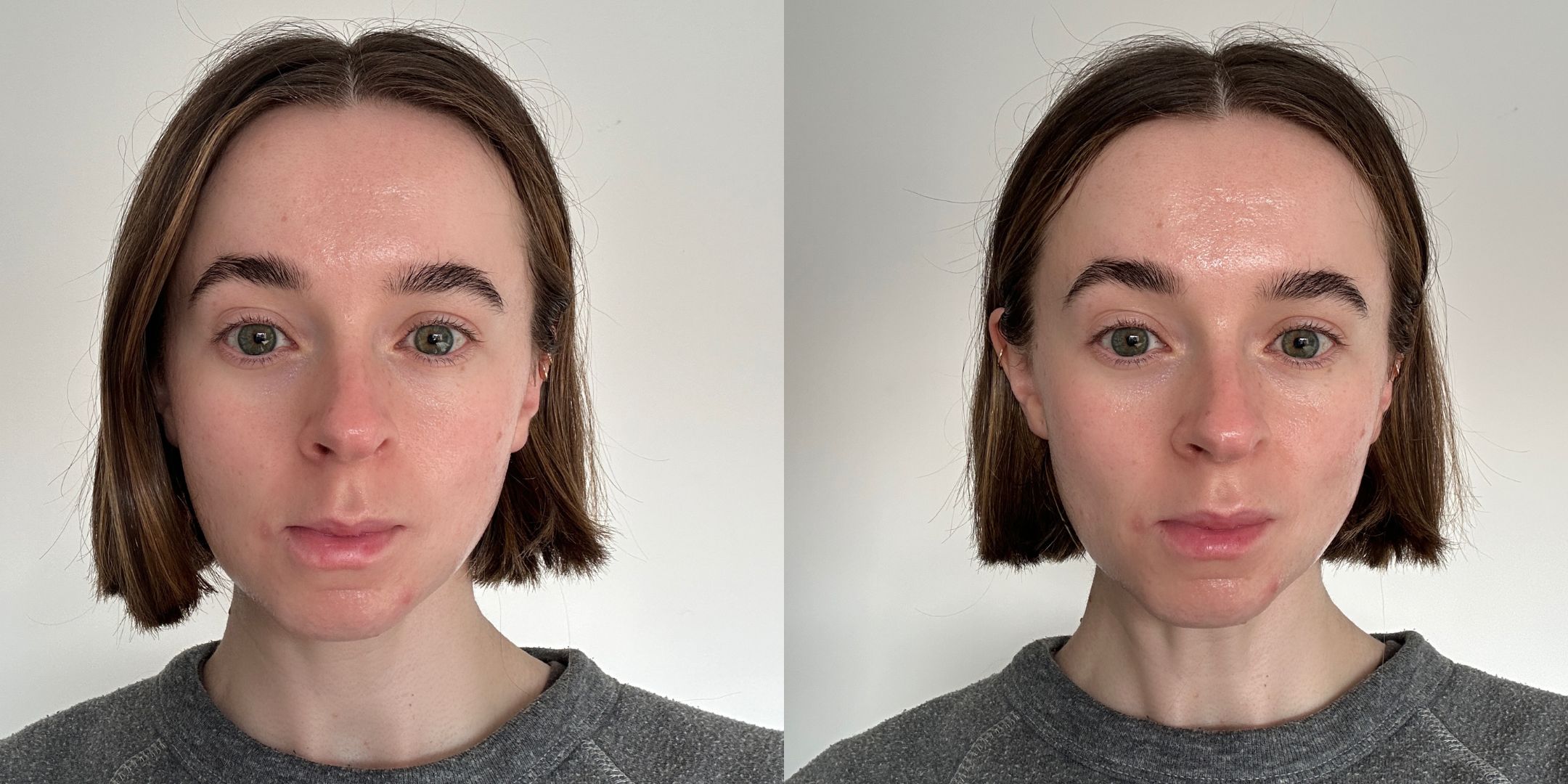
Before and after one microcurrent facial using the ZIIP Halo.
Shop home microcurrent devices:
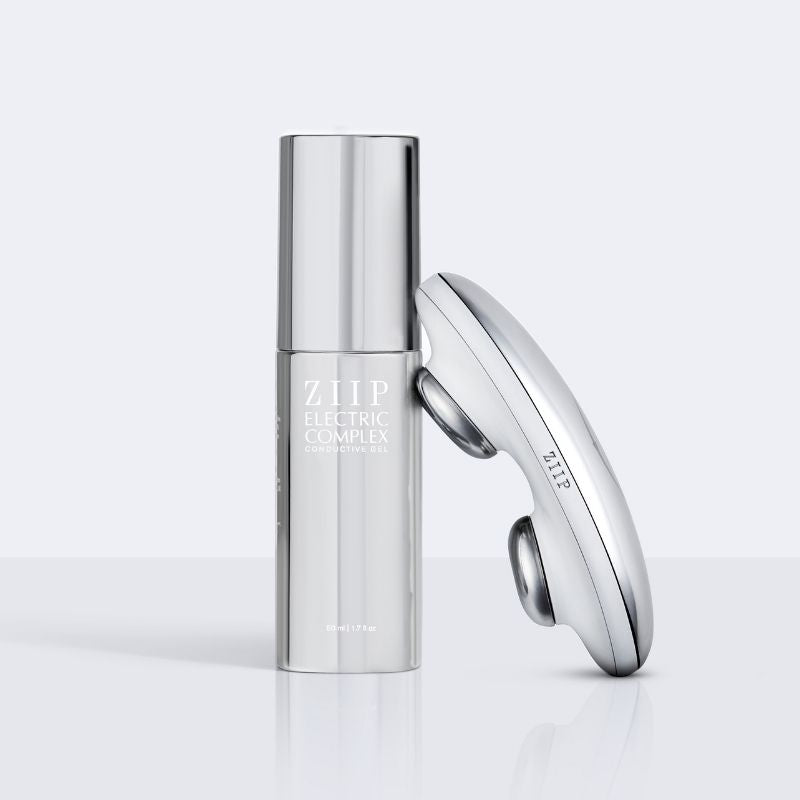
As well as microcurrent to stimulate ATP production and sculpt the facial muscles, this device uses nanocurrent technology which targets deeper layers of the skin to promote collagen and elastin production.
Strength: 900nA to 400µA
Pros: Features both microcurrent and nanoncurrent. Waveforms are adjusted to suit the area being treated. There are different treatment times available.
Cons: Must be used with ZIIP gel.
Read our in-depth review of the ZIIP here.
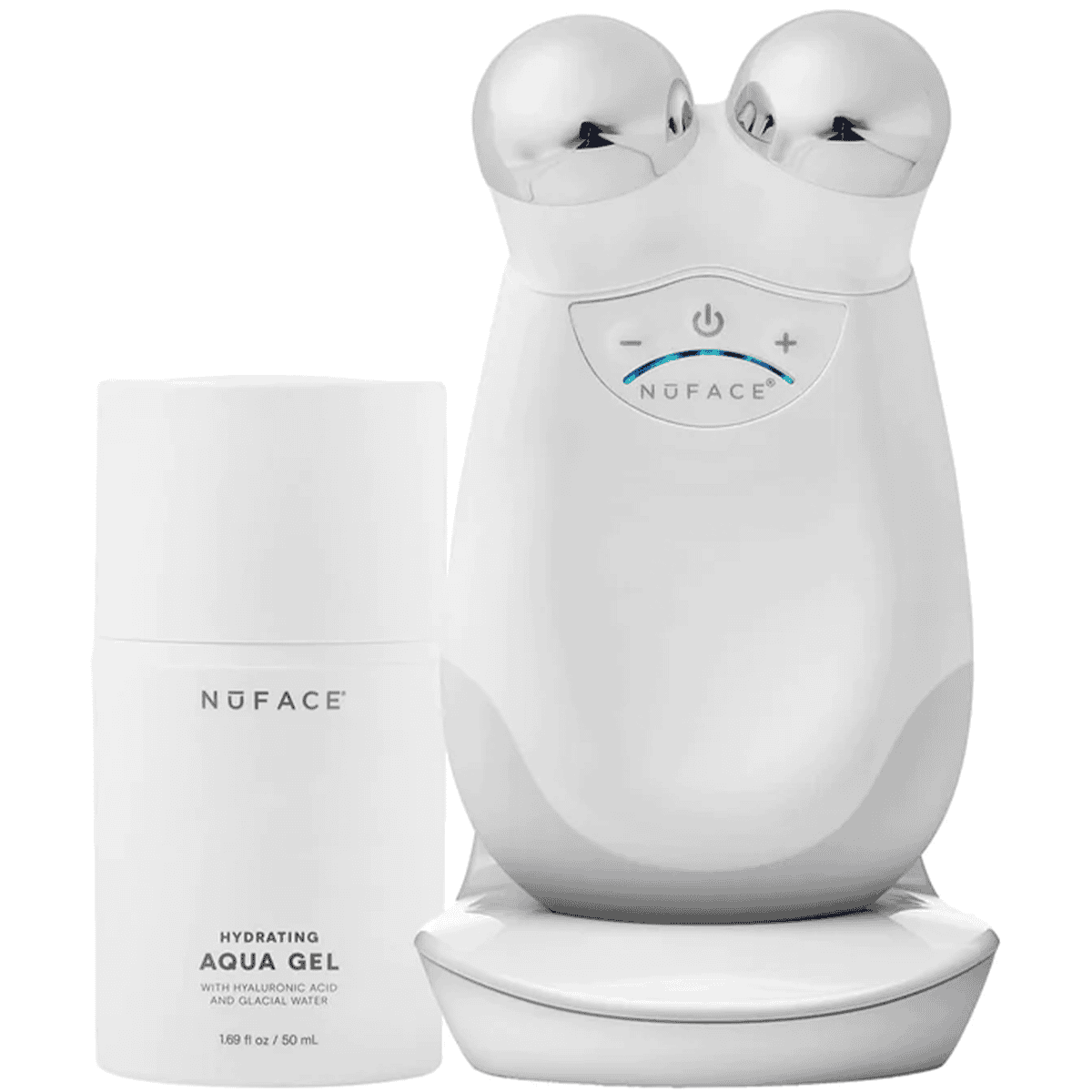
NuFace are another popular brand for home microcurrent devices. The Trinity is the most popular one—it has changeable heads so you can specifically target harder-to-reach areas such as the eyes and mouth. Like the ZIIP, it requires a conductive gel application and links to an app for guided treatments.
Strength: 335µA
Pros: Device can be adjusted with different heads to suit different areas. Guided facials are easy follow.
Cons: Treatments are time consuming.
Read our in-depth review of the NuFace.
Grace Day is a beauty editor and content creator. She has over 10 years of beauty-industry experience, spanning editorial, retail, and e-commerce, which gives her a unique understanding into how people shop for their beauty routines.While studying for a history degree (specialising in the history of beauty) and working as a beauty adviser in department stores, Grace started writing her own beauty blog in order to share the products she discovered while dealing with acne. After graduating, she moved to Beauty Bay as beauty editor and content manager. Grace is currently a beauty contributor to Who What Wear. She has also written for Hypebae and PopSugar and works as a brand consultant and copywriter.
-
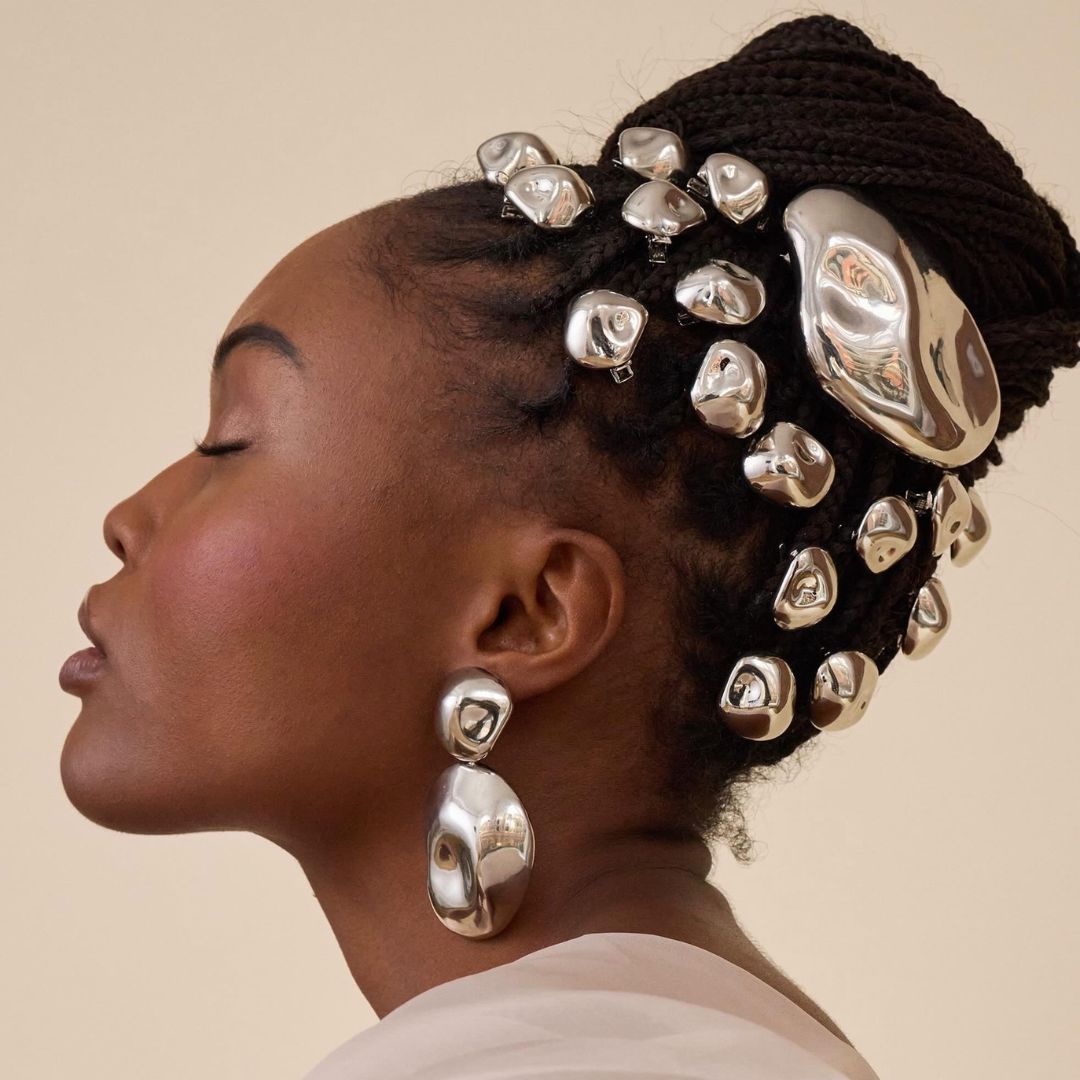 All the Chicest People I Know Have Been Dabbling in This Breathtaking 2025 Hair Trend
All the Chicest People I Know Have Been Dabbling in This Breathtaking 2025 Hair TrendFuturistic and stunning.
By Alyssa Brascia
-
 3 People Texted Me to Ask What They Should Buy Before Sephora's Sale Ends—Here's My Short List
3 People Texted Me to Ask What They Should Buy Before Sephora's Sale Ends—Here's My Short ListMy top 10 recommendations.
By Kaitlyn McLintock
-
 I Exclusively Wear Liquid Blush—Here Are the 13 Best for Just-Pinched Cheeks in Seconds
I Exclusively Wear Liquid Blush—Here Are the 13 Best for Just-Pinched Cheeks in SecondsThey're *almost* too good to be true.
By Maya Thomas
-
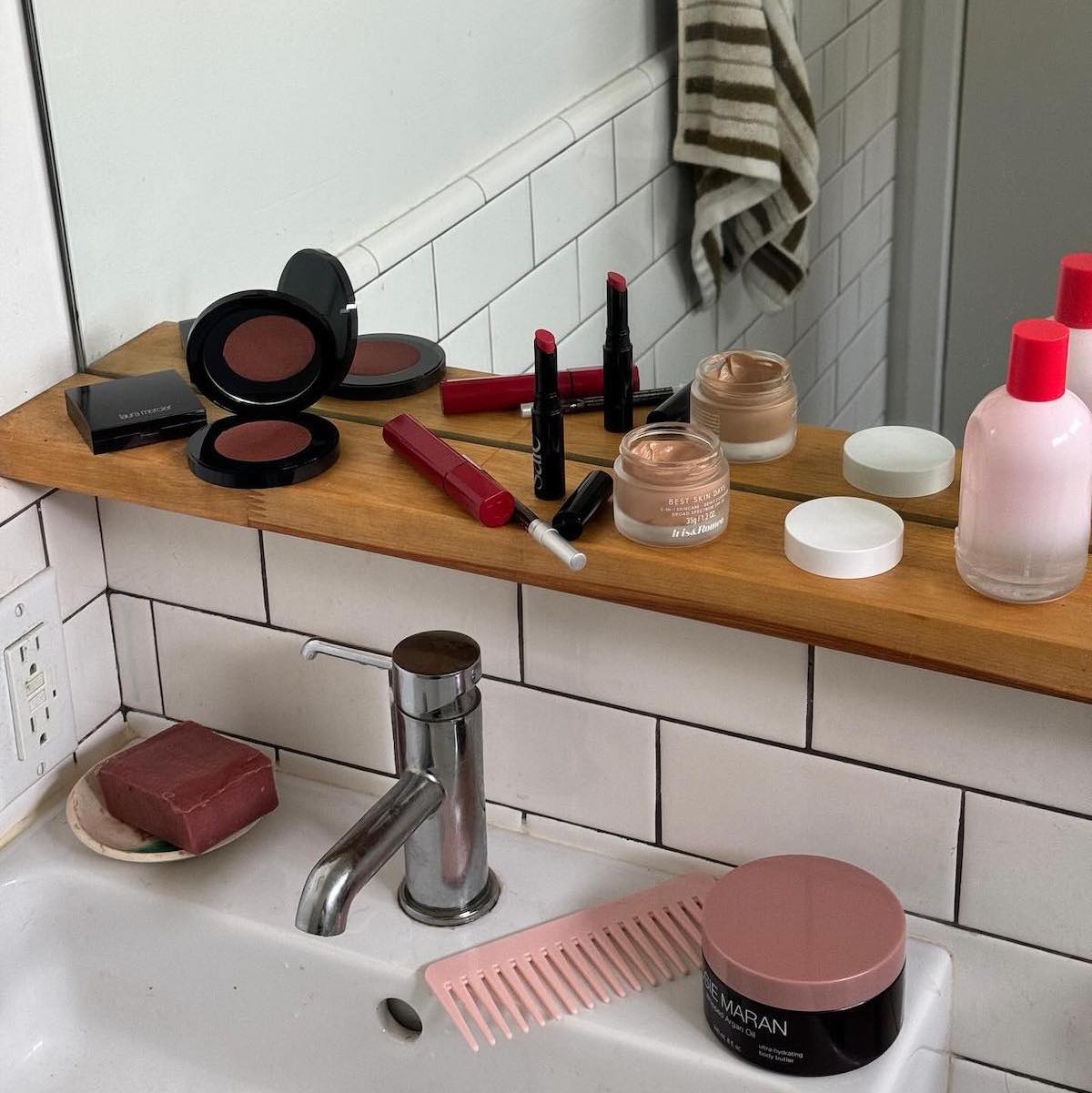 From TikTok-Viral to Undiscovered Gems—Here's My Editor-Approved Nordstrom Sale Shopping List
From TikTok-Viral to Undiscovered Gems—Here's My Editor-Approved Nordstrom Sale Shopping ListTrust me.
By Kaitlyn McLintock
-
 I Just Visited the Rainforest—These Were the Beauty Products That Proved Essential
I Just Visited the Rainforest—These Were the Beauty Products That Proved EssentialTravel dryness? I don't know her.
By Shawna Hudson
-
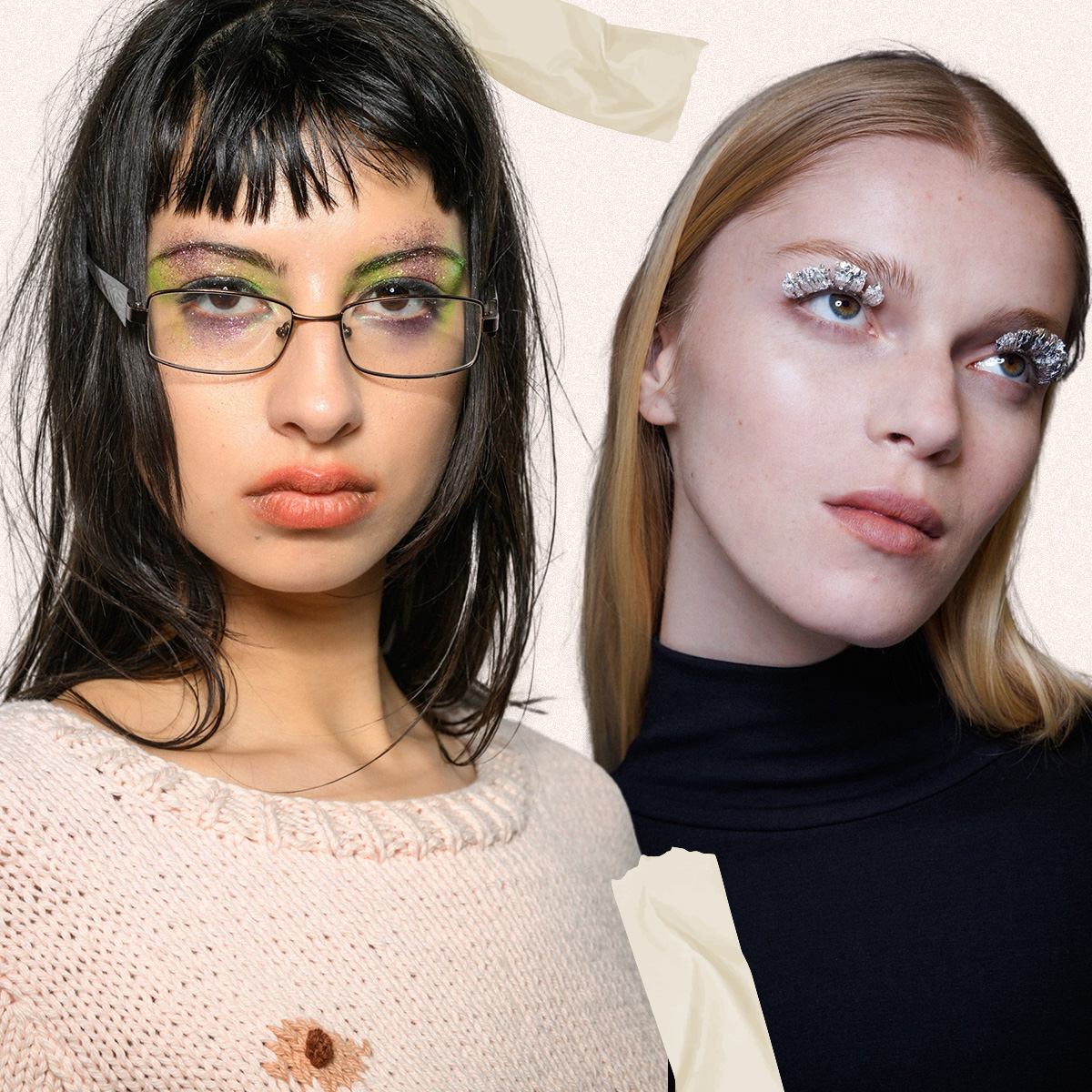 From "Morning After" Makeup to Millennial Side Parts—Fashion Month Set These 7 Big Beauty Trends in Motion
From "Morning After" Makeup to Millennial Side Parts—Fashion Month Set These 7 Big Beauty Trends in MotionThe fashion crowd has spoken.
By Kaitlyn McLintock
-
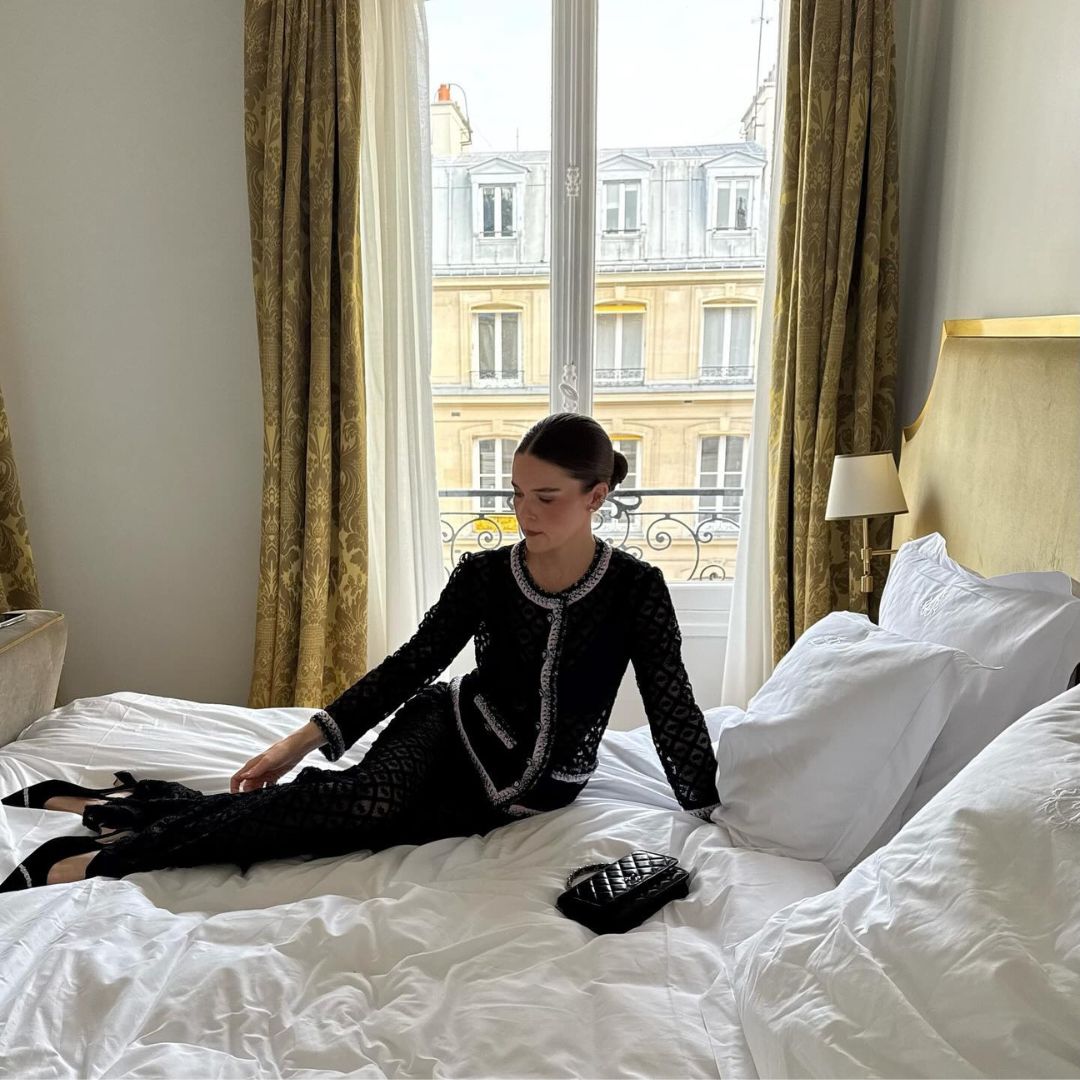 My Friend Wanted to Smell Like French High Society—I Sent Her These 10 On-Sale Scents
My Friend Wanted to Smell Like French High Society—I Sent Her These 10 On-Sale ScentsThese brands are almost never on sale.
By Alyssa Brascia
-
 I'm an Organic Beauty Founder—These Are the Products I Swear By for Youthful, Glowing Skin
I'm an Organic Beauty Founder—These Are the Products I Swear By for Youthful, Glowing SkinFrom the oil that's reached cult status to the internet's favorite vitamin C serum.
By Shawna Hudson
